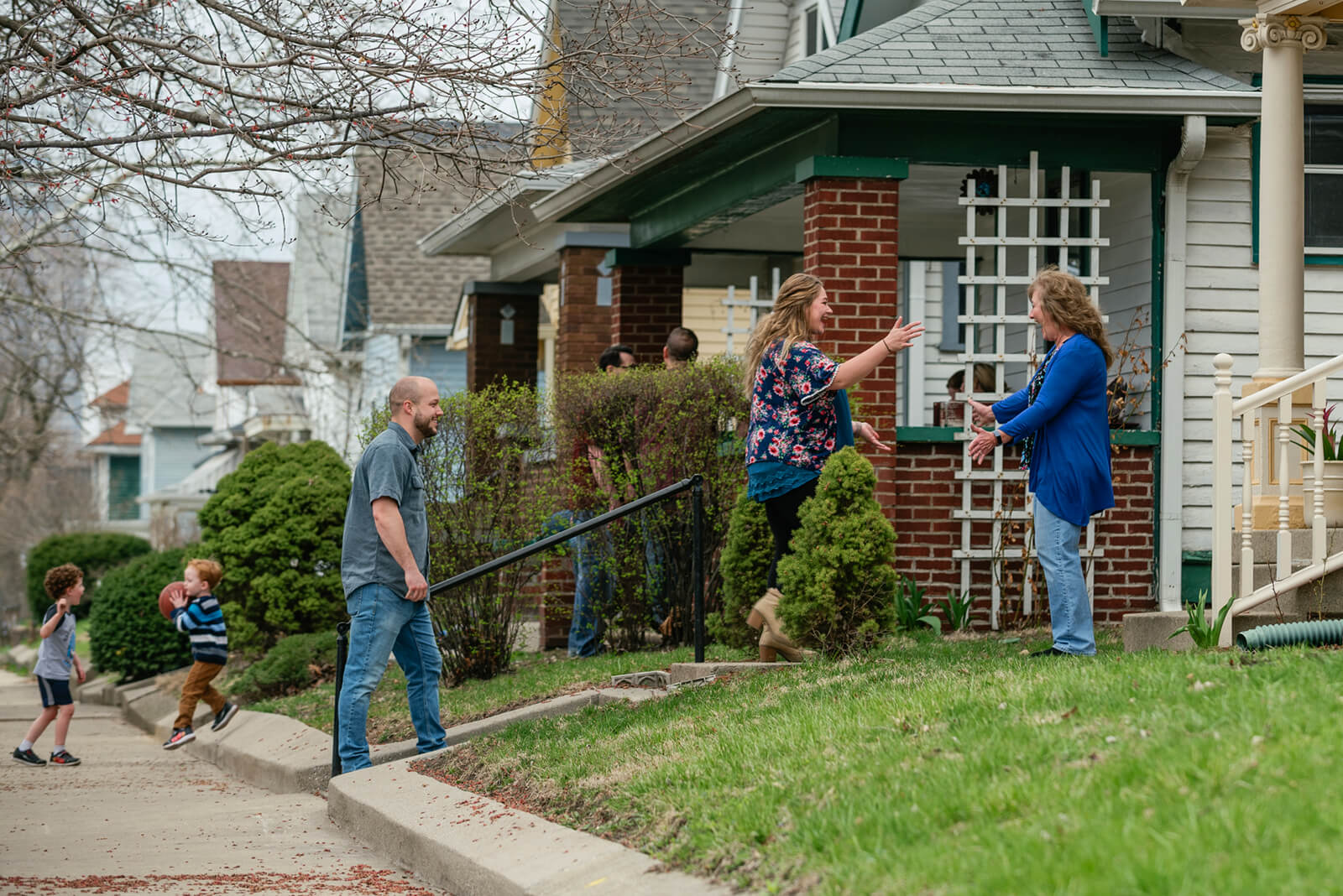Moving to a new neighborhood is not just about changing the physical location of your home; it’s about adapting to a new community, making connections, and creating a sense of belonging. Whether you’ve relocated for work, family reasons, or a fresh start, settling into a new neighborhood can be an exciting but sometimes challenging experience. Here’s a comprehensive guide to help you navigate this transition successfully:
1. Explore Your Neighborhood
Take some time to explore your new surroundings. Go for a walk or drive around the neighborhood to familiarize yourself with the streets, parks, and local amenities. Identify essential places such as grocery stores, pharmacies, and medical facilities.
2. Introduce Yourself to Neighbors
Don’t be shy about introducing yourself to your new neighbors. A simple smile and a friendly greeting go a long way. Consider hosting a small gathering or a meet-and-greet to get to know your neighbors better. Building a sense of community starts with making personal connections.
3. Attend Local Events and Activities
Many neighborhoods host community events, farmers’ markets, or social gatherings. Attend these events to meet people and learn more about the local culture. Participating in neighborhood activities is an excellent way to integrate into the community and discover shared interests.
4. Join Local Clubs or Groups
Explore local clubs, hobby groups, or sports teams that align with your interests. Joining these groups not only provides an opportunity to pursue your passions but also allows you to connect with like-minded individuals in your neighborhood.
5. Volunteer in the Community
Consider volunteering for local events or community projects. This is a great way to contribute positively to your new neighborhood while meeting people who share your commitment to making a difference. It’s also an avenue to establish meaningful connections.
6. Attend Neighborhood Meetings
Many neighborhoods have regular meetings or homeowners’ association gatherings. Attend these meetings to stay informed about local issues, community plans, and upcoming events. It’s a chance to voice your opinions, stay connected, and be part of the decision-making process.
7. Learn About Local Services
Familiarize yourself with local services such as public transportation, waste disposal, and emergency services. Knowing how these services operate will help you settle in more smoothly. Check local websites or community centers for informational resources.
8. Register Your Children in Local Schools
If you have children, research and enroll them in local schools. Attend parent-teacher meetings and school events to connect with other parents and become involved in your child’s education. Schools often serve as hubs for community engagement.
9. Discover Local Dining and Entertainment
Explore nearby restaurants, cafes, and entertainment venues. Trying out local dining options is not only enjoyable but also an excellent way to support local businesses. Attend local events, theaters, or cultural centers to experience the vibrant side of your new neighborhood.
10. Be Patient and Open-Minded
Adjusting to a new neighborhood takes time. Be patient and open-minded as you settle in. Embrace the differences and celebrate the uniqueness of your new community. Over time, you’ll find your place and develop a sense of belonging.
Moving to a new neighborhood is an adventure filled with opportunities for personal growth and community connection. By taking proactive steps to engage with your surroundings and neighbors, you’ll find that the process of settling in becomes more rewarding and fulfilling. Embrace the journey, and soon your new neighborhood will feel like home.



